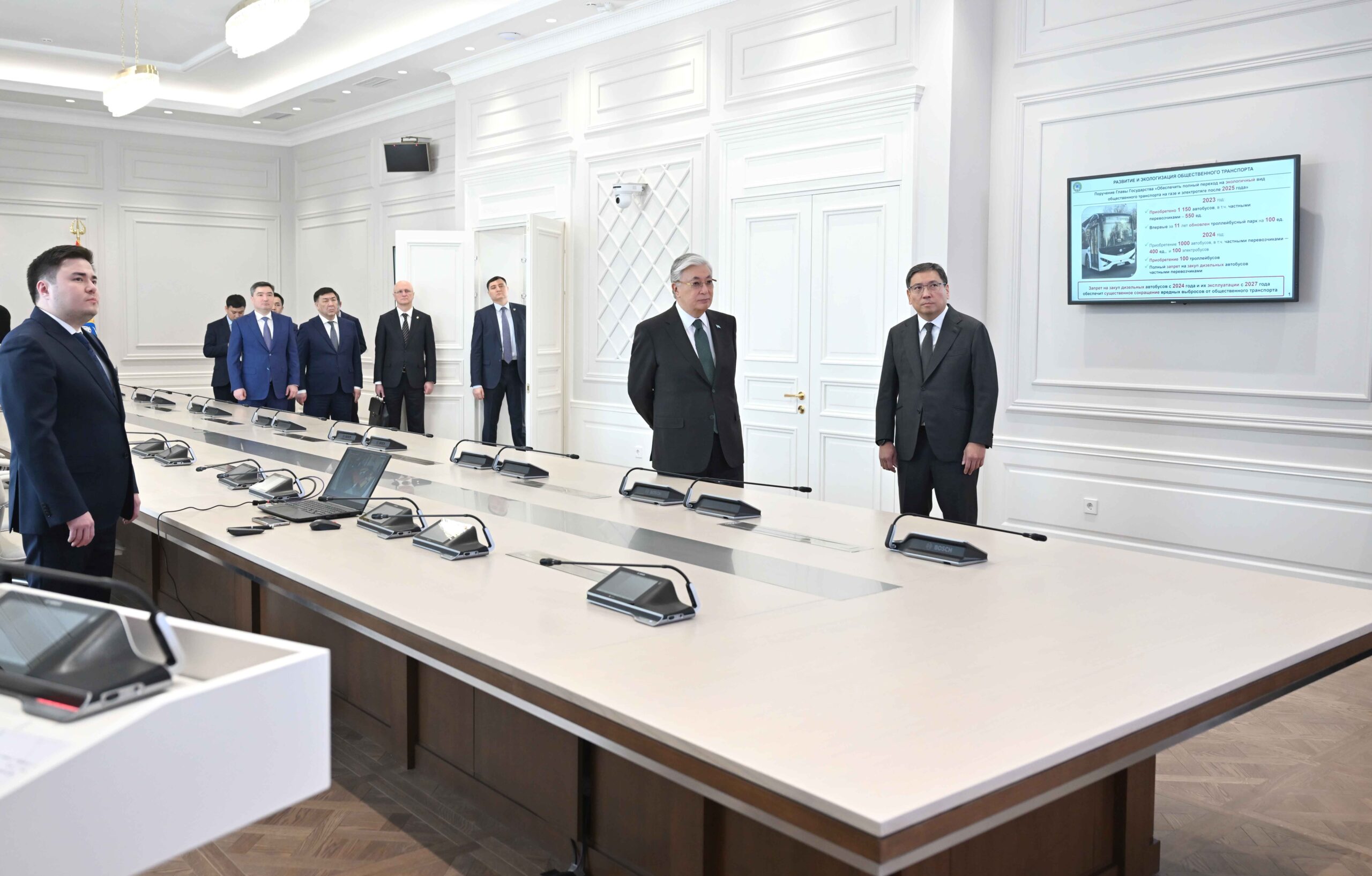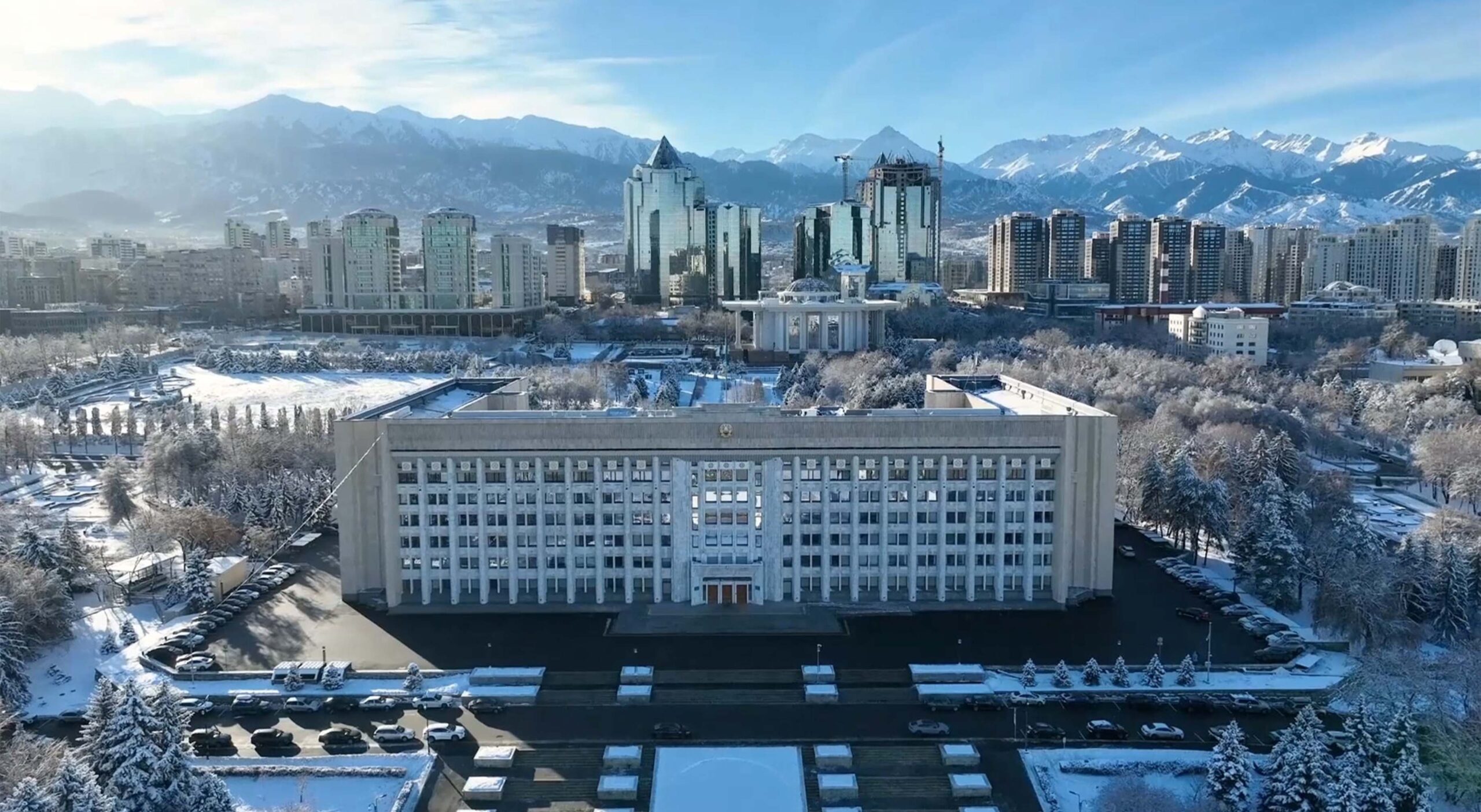ASTANA – Almaty Mayor Yerbolat Dossayev introduced the work of the city’s Situational Center, an automated information-analytical system, to President Kassym-Jomart Tokayev on Jan. 25, reported Akorda press service.

Photo credit: Akorda.
According to Dossayev, the center serves as an effective tool for making quality decisions based on Big Data analysis and the implementation of the Open Data concept.
The center allows for the collection and analysis of data on all aspects of the city’s life, informing the population, and receiving feedback from residents. The center consists of 53 modules covering all sectors. Data collection is carried out by more than 50 organizations, as well as state and city information systems including the Bureau of National Statistics, Criminal Offenses Map, iKomek 109 contact center, unified video monitoring system, Sergek traffic platform, Onay transport app, metroalmaty.kz subway website, and other facilities.
In 2023, comprehensive security systems were introduced in all public schools and kindergartens of Almaty. The system includes digital surveillance cameras, panic buttons, fire safety systems, and special turnstiles with Face ID.

Tokayev visited the Almaty city akimat (administration) building, which was restored after part of the building burned down during the January Events 2022. Photo credit: Akorda.
“Artificial intelligence should serve to improve the well-being of citizens, and notably, residents of Almaty. I support your plans to introduce artificial intelligence tools. Also, we need to pay special attention to the transport situation in the city, which remains a pressing problem. This is where artificial intelligence has a role to play. And, of course, security must come first,” said the President.
Dossayev also reported on the development of the city’s transport system. Plans include increasing the length of roads, building transport interchanges, and opening new metro stations.
Tokayev also visited the Almaty city akimat (administration) building, which was restored after part of the building burned down during the January Events 2022.
During the reconstruction, builders used modern materials and technologies, which made the building more energy efficient. Given the historical significance of the building, it was decided to preserve its original architectural appearance. The marble finishing of the facades has been restored, and the internal decorative elements, made of brass and natural stones, have been recreated in their original form.
As of today, three pavilions have been fully restored, which have housed 14 departments and the city administration since October last year. Work is currently ongoing in the fourth pavilion, which suffered the most from the fire. All construction works are planned to be completed by the end of February.
The government allocated 31 billion tenge ($66.7 million) to restore administrative and commercial facilities destroyed during the January riots.


